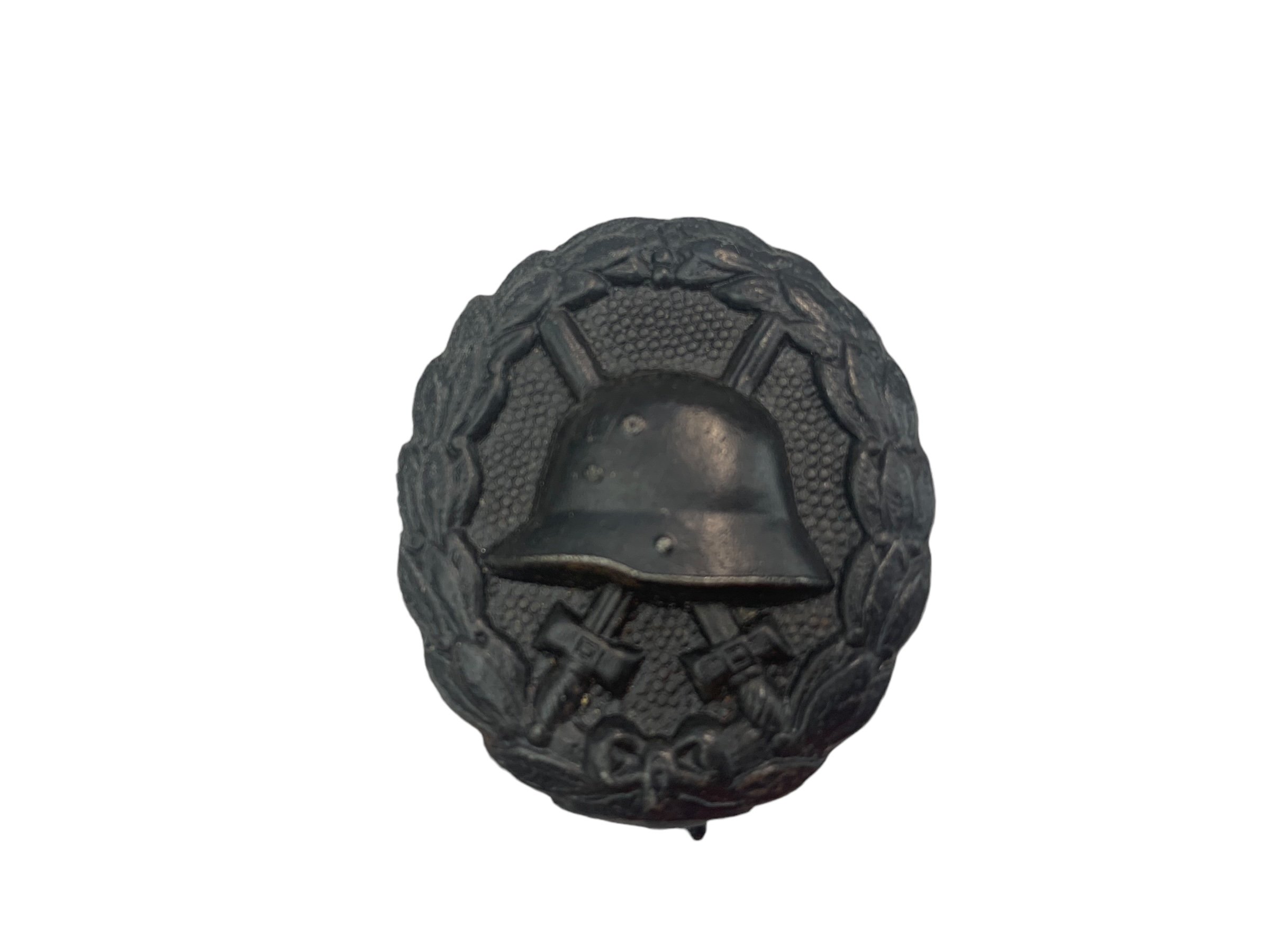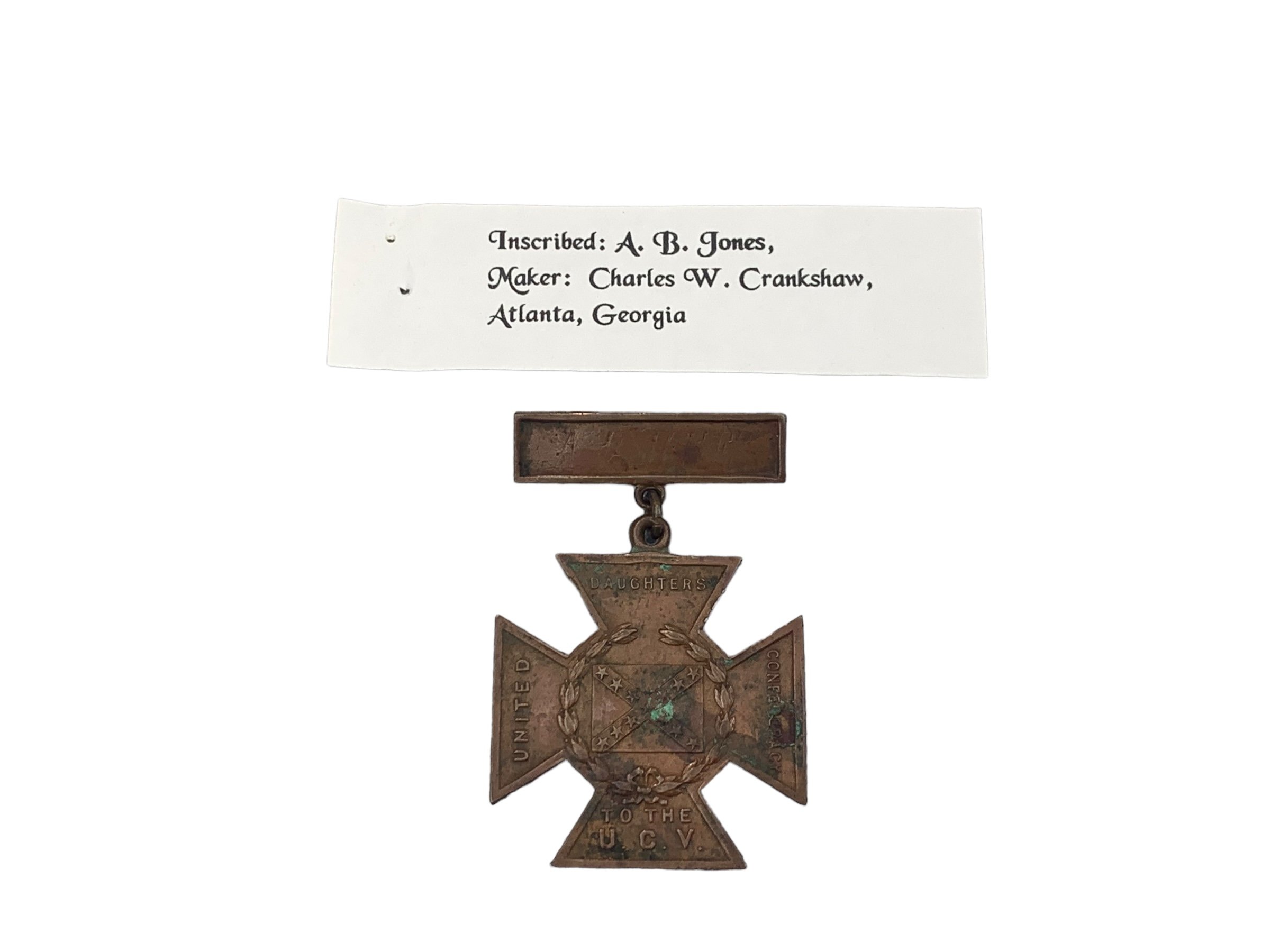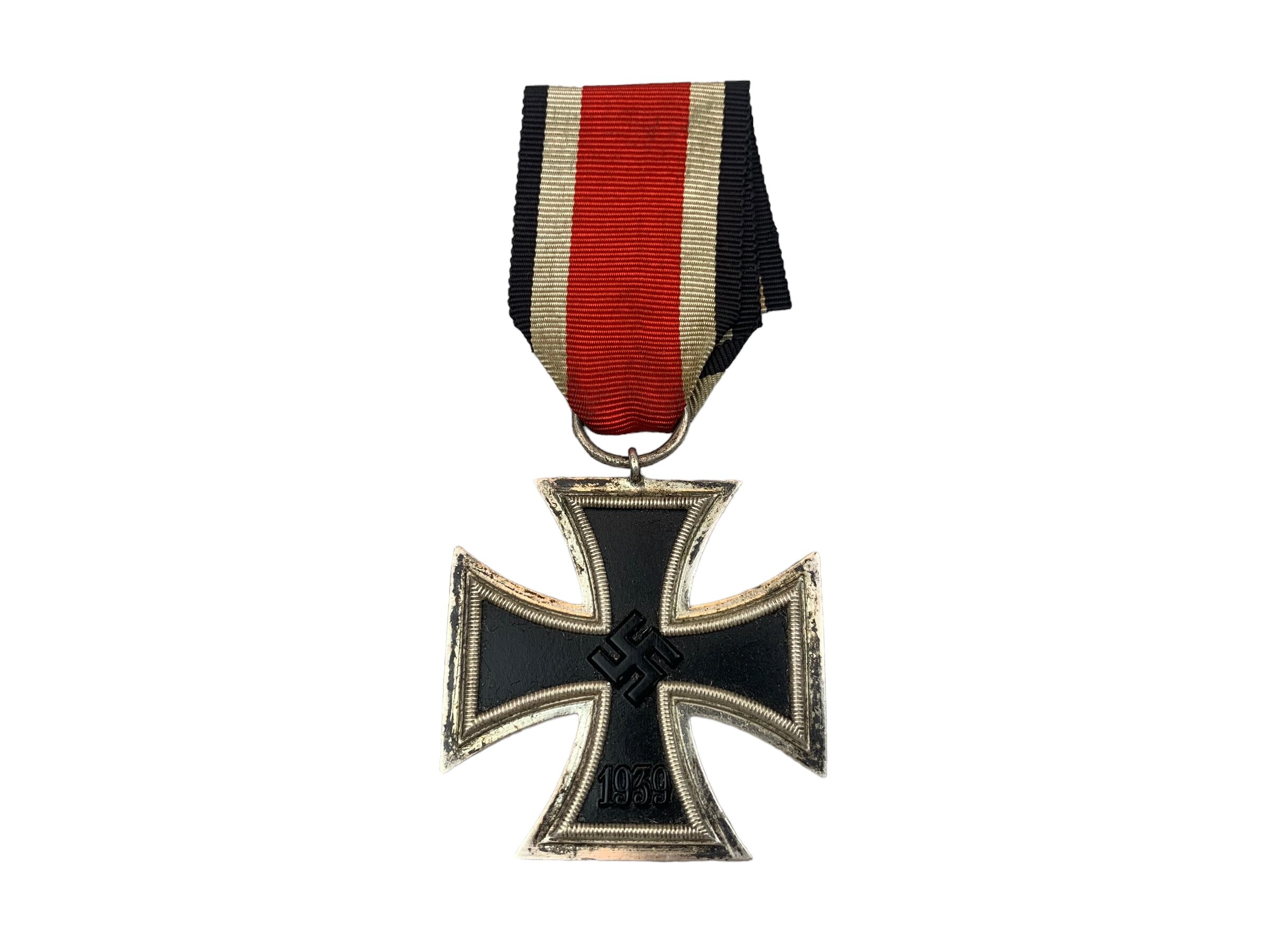WW2 Italian-German Campaign Medal Silvered
Offered here is a very fine example of the WW2 German-Italian Campaign medal. This particular example features the silvered finish, as well as an original but replaced ribbon.
This medal was designed by De Marchis and was instituted by the Italian Government to reward the achievements of Rommel’s Afrika Korps. The medal was awarded only to German troops and the first presentations took place in 1942.
The Italo-German Campaign Medal was initially produced in solid Bronze, but war time shortages forced a switch to “war medal” with a Bronze finish. It measured 31mm by 31 mm, with a ribbon device that measured 6 mm in height and 18 mm in width.
The obverse of the medal is concave and features two gladiators symbolizing Italy and Germany doing battle with a crocodile, which symbolizes Britain. The reverse shows a swastika and fascio, each on one side of the Italian Felini Arch again depicting Italo-German cooperation. Under the arch is the Royal Knot of the House of Savoy. Around the rim of the reverse is the inscription “Italo-German Campaign in Africa”, in German (on the side of the swastika) and in Italian separated on top and bottom by two single leaves. A 25mm ribbon bearing the colors of Italy and Germany (black/red/white/green) suspended the medal. It was produced principally by F.M. Lorioli and sons of Milan, but a variety of smaller manufacturers also made the award. The Lorioli manufacturer mark is present on a majority of medals above either the right or the left leg of the crocodile. This mark consists of the inscription “LORIOLI MILANO”. The absence of a manufacturer marks denotes that the award was produced by a smaller firm.
The award was presented to DAK members. Because Italy was an Axis Ally German soldiers were allowed to wear the award, but there were no regulations specifying a particular method. Due to Italy’s withdrawal from the war and subsequent surrender, the wear of all Italian awards was prohibited in orders distributed dated March 29th, 1944. Specific mention is made of the Italo-German Campaign Medal.
Offered here is a very fine example of the WW2 German-Italian Campaign medal. This particular example features the silvered finish, as well as an original but replaced ribbon.
This medal was designed by De Marchis and was instituted by the Italian Government to reward the achievements of Rommel’s Afrika Korps. The medal was awarded only to German troops and the first presentations took place in 1942.
The Italo-German Campaign Medal was initially produced in solid Bronze, but war time shortages forced a switch to “war medal” with a Bronze finish. It measured 31mm by 31 mm, with a ribbon device that measured 6 mm in height and 18 mm in width.
The obverse of the medal is concave and features two gladiators symbolizing Italy and Germany doing battle with a crocodile, which symbolizes Britain. The reverse shows a swastika and fascio, each on one side of the Italian Felini Arch again depicting Italo-German cooperation. Under the arch is the Royal Knot of the House of Savoy. Around the rim of the reverse is the inscription “Italo-German Campaign in Africa”, in German (on the side of the swastika) and in Italian separated on top and bottom by two single leaves. A 25mm ribbon bearing the colors of Italy and Germany (black/red/white/green) suspended the medal. It was produced principally by F.M. Lorioli and sons of Milan, but a variety of smaller manufacturers also made the award. The Lorioli manufacturer mark is present on a majority of medals above either the right or the left leg of the crocodile. This mark consists of the inscription “LORIOLI MILANO”. The absence of a manufacturer marks denotes that the award was produced by a smaller firm.
The award was presented to DAK members. Because Italy was an Axis Ally German soldiers were allowed to wear the award, but there were no regulations specifying a particular method. Due to Italy’s withdrawal from the war and subsequent surrender, the wear of all Italian awards was prohibited in orders distributed dated March 29th, 1944. Specific mention is made of the Italo-German Campaign Medal.
Offered here is a very fine example of the WW2 German-Italian Campaign medal. This particular example features the silvered finish, as well as an original but replaced ribbon.
This medal was designed by De Marchis and was instituted by the Italian Government to reward the achievements of Rommel’s Afrika Korps. The medal was awarded only to German troops and the first presentations took place in 1942.
The Italo-German Campaign Medal was initially produced in solid Bronze, but war time shortages forced a switch to “war medal” with a Bronze finish. It measured 31mm by 31 mm, with a ribbon device that measured 6 mm in height and 18 mm in width.
The obverse of the medal is concave and features two gladiators symbolizing Italy and Germany doing battle with a crocodile, which symbolizes Britain. The reverse shows a swastika and fascio, each on one side of the Italian Felini Arch again depicting Italo-German cooperation. Under the arch is the Royal Knot of the House of Savoy. Around the rim of the reverse is the inscription “Italo-German Campaign in Africa”, in German (on the side of the swastika) and in Italian separated on top and bottom by two single leaves. A 25mm ribbon bearing the colors of Italy and Germany (black/red/white/green) suspended the medal. It was produced principally by F.M. Lorioli and sons of Milan, but a variety of smaller manufacturers also made the award. The Lorioli manufacturer mark is present on a majority of medals above either the right or the left leg of the crocodile. This mark consists of the inscription “LORIOLI MILANO”. The absence of a manufacturer marks denotes that the award was produced by a smaller firm.
The award was presented to DAK members. Because Italy was an Axis Ally German soldiers were allowed to wear the award, but there were no regulations specifying a particular method. Due to Italy’s withdrawal from the war and subsequent surrender, the wear of all Italian awards was prohibited in orders distributed dated March 29th, 1944. Specific mention is made of the Italo-German Campaign Medal.









